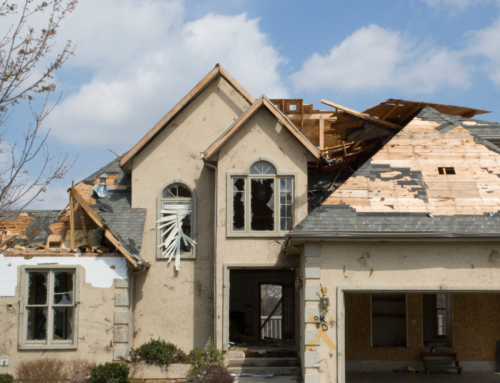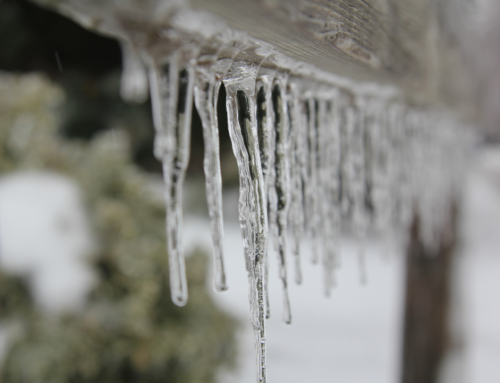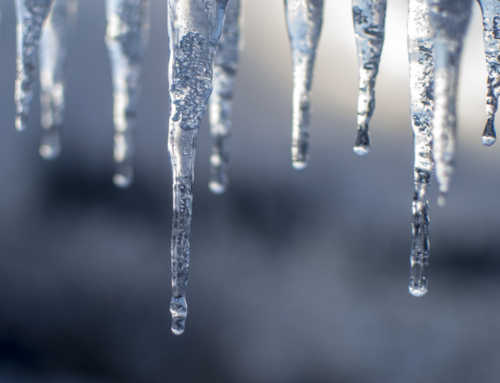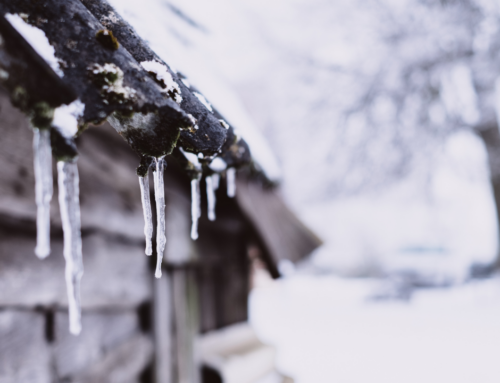Understanding the Water Restoration Process: A Guide for Michigan Homeowners
One thing about disastrous events is that even with preparation, they usually strike when we expect them least. They come without warning, and sometimes even the extent of your taking precautions isn’t enough as natural disasters from nature or even freak accidents can cause unprecedented damage, most of the time leaving those who have happened to be distraught. Questions like, What did I do wrong or How do I fix this leave those looking to rebuild troubled and confused, but it’s essential to remember that these issues can be fixed. While disasters can’t always be avoided, understanding the best practices to help mitigate damage and rebuild is always possible. In this article, we’ll discuss the causes of water damage for Michigan homeowners and how to plan the restoration needs of your home correctly should the worst ever happen.
Understanding the Causes of Water Damage in Michigan
The weather in Michigan can be one of the most significant causes of property damage during disasters. With freezing temperatures in the winter and thunderstorms accompanied by heavy rainfall during other seasons, water-related issues causing property damage are common in the Michigan area. During the cold weather season, water-related issues like frozen pipes and ice dams can lead to problems like structural deterioration, and prolonged problems can increase mold growth. Other issues that cause water damage in Michigan properties, both home and commercial, could be:
Michigan property owners must be aware of how dangerous extreme weather can be. Thunderstorms, flash floods, hailstorms, and rapid snowmelt can accumulate water around their properties at the start of fall and throughout the year. This can lead to shifting or deterioration of foundations, extreme water damage from flooding, and electrical hazards.
Frozen Hazards
Michigan’s winters can be some of the harshest conditions during the cold season around the country. The extreme cold can lead to frozen pipes bursting, resulting in structural and excessive water damage. Ice dams on roofing can also damage ceilings and walls when your home can’t support the added weight.
Malfunctioning Appliances
Unfortunately, water damage to your home doesn’t only come from the outside and Mother Nature. Your home’s vulnerability sometimes comes from vital sources, such as your dishwasher, hose connections, and even your water heater. If any of these have a leak or burst, the damage to your home can be catastrophic. Even worse, sometimes small leaks over time can weaken your home’s structure or cause problems like mold.
Sewage Backup
Sewer blockages or runoff backups can cause water to flow back into your home. Contaminated water can damage your walls, floors, and furnishings. This is common, especially during flooding.
Identifying Signs of Water Damage
Proactively identifying water damage is one of the most critical steps of water restoration for your residential property. It’s essential to spot and handle water damage when it is noticed because the sign that you think is small may be a much bigger problem that can’t be seen just from the surface. Some of the signs of water damage to your property include:
- Swollen or warped spaces
- Cracks in the ceilings or walls
- Peeling or air bubbles in paint
- Musy or damp odors
- Sagging or soft spots in the flooring
- Structural damage in plain view
- Leaks
- Mold or mildew
- Water stains
These signs may seem minuscule when encountering them, but it may be best to have someone inspect and see how extensive the damage may be. Usually, when these problems are identified, they’ve already built up to a point where they’re noticeable through the structure and foundation. Handling them early can help cut off the root of the problems before more damage can be done and make the restoration process more manageable.
The Steps Of Water Restoration for Properties
Knowing how to take the proper steps to protect your home and restore it after encountering excessive water damage can ensure the safety of the occupants and help save money in the long run on repairs. When adequately assessed, taking the necessary steps for home restoration from water damage can save your home’s structural integrity and stop problems like mold. You should adhere to the following steps to assess what steps must be taken properly.
1. Conduct a Water Damage Inspection
An expert conducts a water damage inspection to identify the source of any water damage, how far the contamination has spread, if any, and the class of water damage that has spread in the property. First, the most crucial step is identifying the source of any water damage. In some cases, such as flooding, multiple water sources may cause damage at different points in your home. Following the identification of your source of water and stopping the flow, your assessor will then look to see how much contamination there is and if decontamination is necessary. The levels of contamination are as follows:
- Category 1: Identified as White Water with little to no contamination, the source is usually from bathtubs, sinks, and the water heater.
- Category 2: Identified as Gray Water and has contaminants. Gray water is usually sourced from dishwashers and washing machines in your home.
- Category 3: Identified as Black Water and is hazardous. The source of black water mainly comes from sewage, toilet piping, and outside flooding.
The final part of the water damage inspection is assessing the class of water damage, which is done by inspecting wet porous materials such as carpet, insulation, and textiles. The other assessed factors are low evaporation materials and moisture absorption, which can be plaster, wood, concrete, and masonry, usually part of your home’s structure. Class damage is as follows:
- Class 1 is assessed as less than 5% of damage to wet porous materials and minimal absorption into the foundation.
- Class 2 is identified as 5-40% damage to wet porous materials and minimal absorption into materials.
- Class 3 is anything more than 40% and minimal absorption into materials
- Class 4 is anything more than 40% and significant absorption into your structure’s material and foundation.
Identifying the class of water damage is essential because it helps indicate the extent of drying and dehumidification that will be needed later on.
2. Extracting Standing Water
This step is vital, especially when your home has experienced excessive flooding. This is even more true for homes that have a basement that has been flooded. The removal of standing water is usually done through submersible or industrial pumps. After taking care of the parts of the home that need heavy extraction, the rest can be done via portable wet /dry vacuums. Some standing water may not be visible to the naked eye as flooding can get into the house’s foundation, so inspectors also use moisture meters or thermal cameras to uncover hidden pockets of standing water from behind walls or underneath floorboards. Residual water may still be present after vacuuming, so it’s essential to be vigilant.
3. Drying & Dehumidifying
After extracting and standing water, the next step will be drying and dehumidifying the affected areas. This process is usually done with heavy-duty fans and commercial-grade dehumidifiers. Aside from using these tools, it’s also helpful to open windows and doors to increase air circulation. Drying and dehumidifying your affected spaces will take significant time, especially if water damage is Class 3 or 4. You’ll need to worry about removing parts, walls, and flooring to ensure the process is thoroughly completed.
4. Sanitizing Surfaces
Before mold cleanup, anyone involved with restoration must wear Personal Protective Equipment (PPE) such as an N-95 mask, gloves, goggles, rubber boots, and disposable clothing or protective overalls. Similar to extraction and dehumidification, equipment such as a High-Efficiency Particulate Air (HEPA) vacuum, an air scrubber, and other negative air machines will be used during sanitation. If water damage is at least Category 3, all surfaces must be cleaned with an antimicrobial solution. Most of this commercial equipment will be used by your restoration specialists
5. Repair & Reconstruction
Your restoration specialist will remove unsalvageable parts in the final part of water damage restoration. Carpets can be deep cleaned, though they will more than likely need to be replaced. Sometimes, wooden trim boards may be reused, and drywall can be repaired if the water damage isn’t Class 4 or Category 3. However, reconstruction may also be necessary, especially if the cause of the water damage is a natural disaster.
Using Restoration Knowledge to Stay Prepared
Although restoration can be a lengthy and complex process, being prepared by knowing what steps to take can ensure that your home is adequately assessed should the worst happen. In Michigan, especially during the rainy season and cold weather months, inclement weather can lead to problems where water damage may require restoration. Take photos to document damage to your home and communicate with your specialists during the restoration process. Even if you’re unsure about minor signs of water damage, it’s better to be safe than sorry. For more information on water damage restoration, contact the specialists at Xcel Restore for your property restoration needs. It pays to be prepared for your safety, which is paramount.




